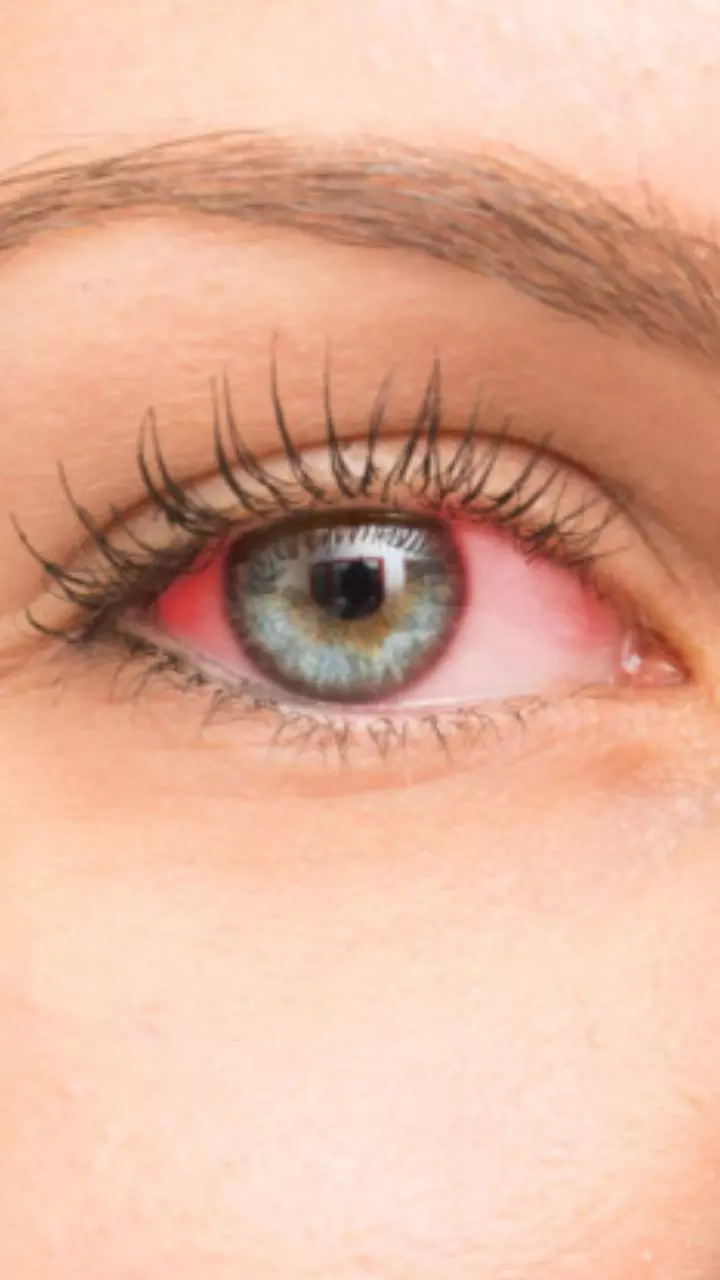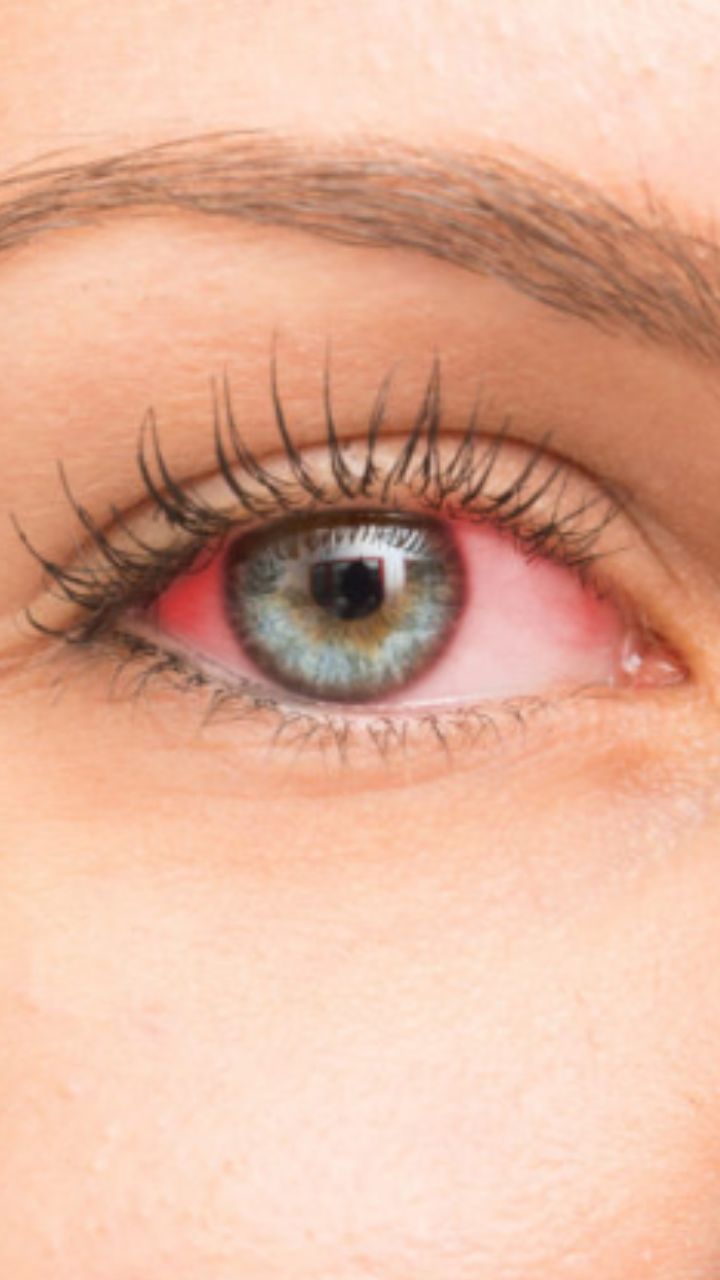
Sir Elton John revealed during an interview on ABC’s Good Morning America that he had lost the sight in his right eye after an eye infection. With poor vision also affecting his left eye, the iconic singer shared that it has been four months since he has been unable to see clearly. This candid revelation has brought attention to the seriousness of eye infections, including conditions that can lead to permanent vision loss. While most eye infections are not sight-threatening, some can result in significant complications if left untreated.
Understanding Common Eye Infections:
The most common types of eye infections, such as conjunctivitis, are typically not severe and often resolve without medical intervention. Conjunctivitis, often referred to as pink eye, occurs when the conjunctiva—the thin membrane that covers the white part of the eye—becomes inflamed. The condition is usually accompanied by a pinkish hue and soreness.
-
Viral Conjunctivitis
Viral conjunctivitis is the most common type of pink eye. It typically causes irritation, a gritty feeling in the eye, and watery or mucous discharge. While viral conjunctivitis usually resolves on its own within a week or two, soothing the eyes with a clean, cool compress and wiping away crusting from the eyelids can help alleviate discomfort during the healing process. -
Bacterial Conjunctivitis
Bacterial conjunctivitis is another common form. This type of infection tends to cause a thicker, yellow or green discharge that may crust around the eyelids and lashes. Although bacterial conjunctivitis can improve without treatment, antibiotic eye drops may speed recovery, especially for those who need to return to work or school quickly. -
Allergic Conjunctivitis
For many people, especially those with seasonal allergies, allergic conjunctivitis is a recurring issue. Characterized by itchy, pink eyes, this condition is often triggered by pollen or other allergens. It’s estimated that around 40% of people will experience allergic conjunctivitis at some point in their lives. Treatment typically involves antihistamine eye drops or oral antihistamines.
When to Seek Medical Help: More Serious Infections
While most cases of conjunctivitis are mild, certain eye infections can lead to severe consequences. Conditions such as orbital cellulitis, endophthalmitis, and infectious keratitis pose a greater risk of vision loss and require urgent medical attention.
-
Orbital Cellulitis
Orbital cellulitis occurs when the tissues around the eye become infected, swollen, and inflamed. It is more common in children and often follows a sinus infection that spreads to the eye area. Symptoms include redness and swelling around the eye, fever, double vision, headaches, and, in severe cases, vision loss. Immediate medical attention is essential, as orbital cellulitis can lead to serious complications if left untreated. -
Endophthalmitis
This is a rare but serious infection of the fluids inside the eye. It usually develops after an injury, eye surgery, or injection into the eye. Endophthalmitis can cause significant pain, blurred vision, and increased pressure within the eye. If the infection is suspected, immediate treatment is necessary to prevent long-term vision damage. -
Keratitis
Keratitis occurs when the clear, dome-shaped cornea of the eye becomes inflamed. It can be noninfectious, often caused by corneal injury or the drying out of the cornea due to prolonged contact lens wear. However, infectious keratitis is caused by bacteria, viruses, fungi, or parasites. Contact lens wearers, in particular, need to be cautious about hygiene, as improper lens care or swimming with lenses in can lead to infection.
The Importance of Eye Hygiene
To prevent eye infections, maintaining proper hygiene is crucial. Regular handwashing is essential to prevent the spread of viral, bacterial, and fungal infections, all of which can easily be transmitted through direct contact with the eyes.
-
Hand Hygiene
Washing your hands thoroughly before touching your face or eyes helps prevent the spread of infections. Avoid rubbing your eyes, as this can transfer harmful microorganisms that cause infections. -
Avoid Sharing Personal Items
Items like towels, face cloths, and makeup applicators can harbor bacteria. Avoid sharing these items, especially when someone is suffering from an eye infection, as this can quickly lead to the spread of infection. -
Contact Lens Care
If you wear contact lenses, be extra cautious about cleaning them regularly and avoiding wearing them for extended periods, especially in environments with contaminated water. Always remove your lenses before swimming in lakes, hot tubs, or rivers, as these bodies of water may contain harmful organisms that can cause eye infections.
Signs That You Need Medical Attention
While most mild eye infections can be treated at home, some symptoms indicate a more serious condition that requires medical intervention:
- Sudden changes in vision
- Severe pain or discomfort in the eye
- Swelling, redness, or discharge that does not improve
- Sensitivity to light or blurred vision
- Fever, headaches, or double vision accompanying eye symptoms
If you experience any of these symptoms, it is essential to consult an eye care professional as soon as possible.
Conclusion
While eye infections are often minor and self-limiting, there are certain conditions that require immediate medical attention to avoid long-term complications. The case of Sir Elton John underscores the importance of taking eye health seriously and seeking professional care when necessary. Proper hygiene, early detection, and prompt treatment can help prevent serious consequences, allowing individuals to maintain healthy vision throughout their lives.
As with all health concerns, it’s vital to listen to your body, seek professional advice when needed, and take preventative steps to keep your eyes safe from infection.
